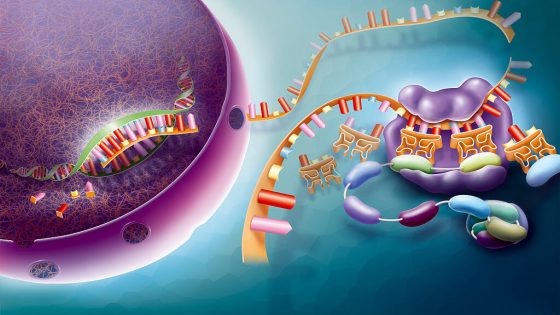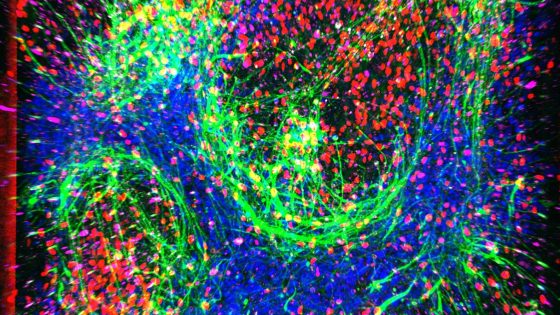Recent advancements in gene editing have sparked interest in understanding gene activity changes. Researchers are now using CRISPR technology to explore how altering gene function can impact cellular processes. On 2025-08-06 19:37:00, a study highlighted the complexities of predicting these changes, revealing that the effects of gene activation or loss can ripple through entire gene networks.
- Predicting gene activity changes is complex.
- Gene alterations can affect multiple genes.
- CRISPR technology enables targeted gene modifications.
- Perturb-seq analyzes RNA changes post-alteration.
- AI models predict gene activity outcomes.
- Simple models serve as comparison benchmarks.
When a gene is modified, the consequences can be straightforward or intricate. For instance, the loss of a single gene may only affect its own messenger RNA, while the alteration of regulatory genes can lead to widespread changes across multiple genes. This unpredictability becomes even more pronounced when multiple genes are involved, prompting scientists to develop innovative methods to analyze these interactions.
This research raises a crucial question: how can we accurately predict the outcomes of gene modifications? The study utilized a method called Perturb-seq, which sequences RNA after gene editing to understand the resulting changes. Key points include:
- CRISPR allows precise alterations in gene activity.
- Gene interactions can lead to unexpected changes, complicating predictions.
- AI models are being trained to forecast these outcomes effectively.
- Understanding these dynamics could enhance gene therapy approaches.
As scientists continue to unravel the complexities of gene regulation, the potential for groundbreaking medical advancements grows. Will these insights pave the way for more effective treatments in the future?

































